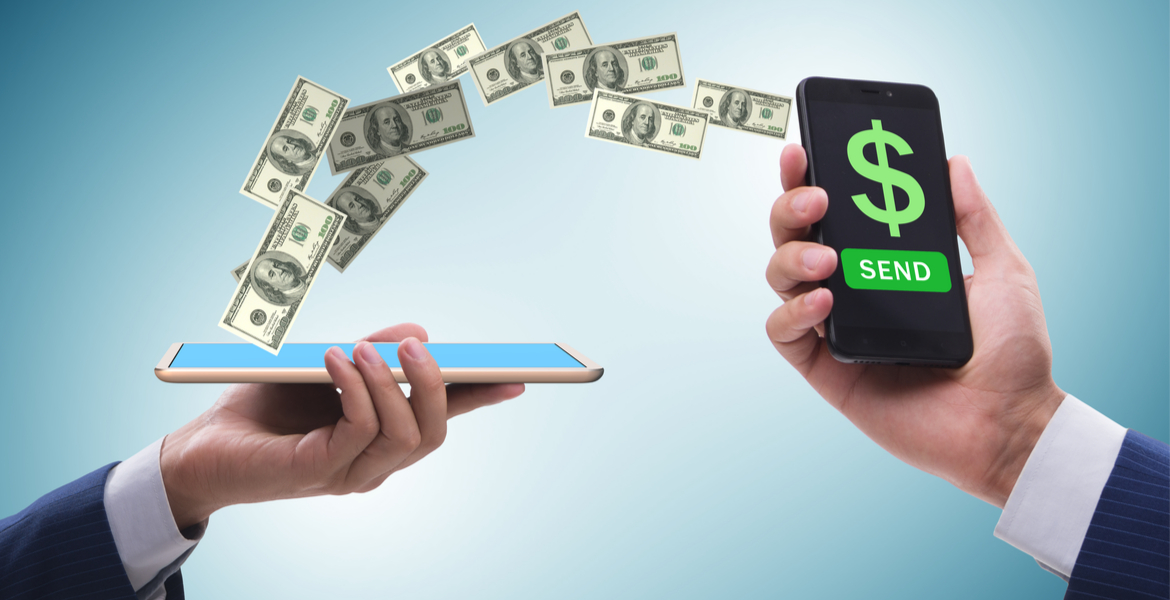
Be cautious when using apps to transfer cash
Thursday, October 1, 2020
In today’s fast-paced culture, being able to make a quick payment to a friend or business directly from a bank account can be handy. In the world of smart phones, money transfer apps have become a necessity for many.
While convenient, those apps do come with some concerns, said Cindy Clampet, Oklahoma State University Extension family resource management assistant specialist.
“These apps add to the convenience of making purchases online or person to person anytime consumers don’t want to use cash or a paper check,” Clampet said, outlining two types of cash-transfer apps. “Some, such as Paypal, feature a secure payment system which guarantees the safety of the transaction. Others, such as CashApp, Venmo and Zelle, don’t offer such security and can be misused by scammers who want to steal your money.”
Clampet urges consumers to use caution if they opt for unsecure transactions because scammers have found a variety of ways to drain bank accounts. Unfortunately, there is very little that can be done to retrieve the money after a transaction.
Unsecure apps typically do not offer a phone number for immediate customer assistance. Clampet said if money starts disappearing from the consumer’s account, it can take days before getting a response from the cash transfer company.
“Oftentimes, by the time the company contacts the consumer, their account has been drained,” she said.
Scammers also may develop authentic-looking websites with fake customer support phone numbers. What then happens, Clampet said, consumers are directed to make a transfer to ensure the app is working properly, but then the account is drained by the scammer.
Sometimes the issue is not the app itself, but a scammer using a stolen credit card. Clampet said when a cash-transfer app company discovers the problem, it will reverse the charges and the consumer will take the loss.
“A variation on this money-theft scheme is the scammer will deposit money into your account, then contact you to report it was a mistake and ask for a refund via another transfer. When the cash transfer company reverses the charges, you’re out the money you’ve already refunded,” she said. “This typically results in the cash transfer company saying there’s nothing they can do.”
The Better Business Bureau offers some advice for consumers who use cash transfer apps and for those who have been scammed:
- Report the crime to police, banking institution, BBB and the Federal Trade Commission.
- Link the app to a credit card, not a bank account.
- Never transfer money using public or unsecured WIFI.
- Regularly check credit reports.
- Set up a multifactor authentication for accounts that require a PIN.
- Do not use cash transfer apps to sell items online.
- Use cash transfer apps only with trusted family and friends.
“Consumers must do everything they can to protect their accounts because there’s a scammer out there just waiting to take their money,” Clampet said.
MEDIA CONTACT: Trisha Gedon | Agricultural Communications Services | 405-744-3625 | trisha.gedon@okstate.edu
